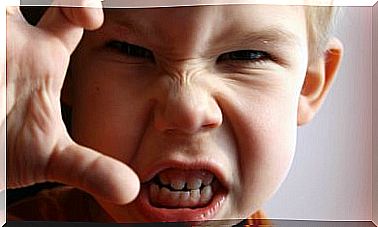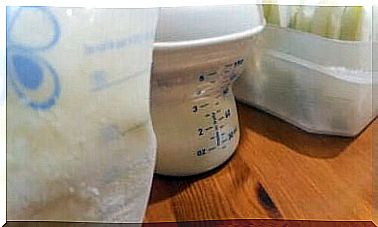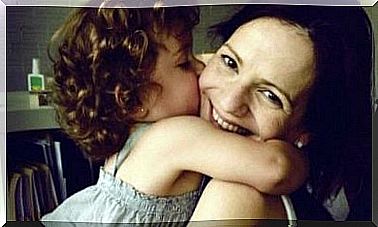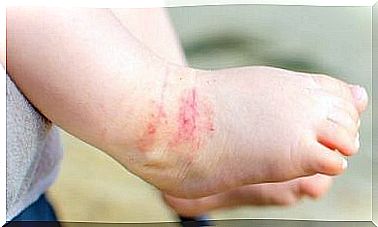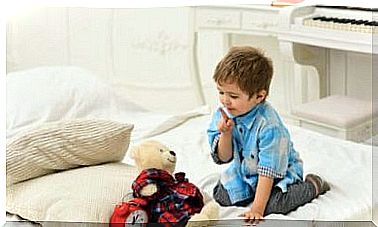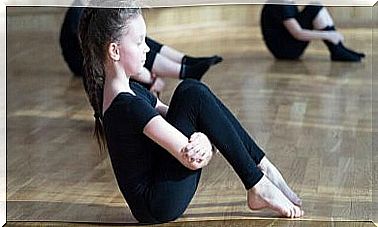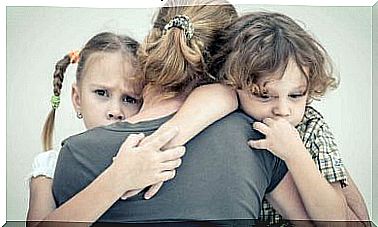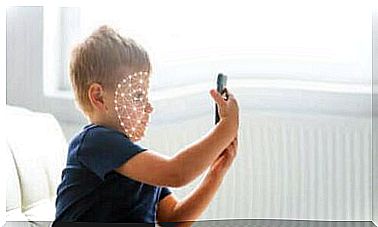Potty Training: How To Potty Train Your Child
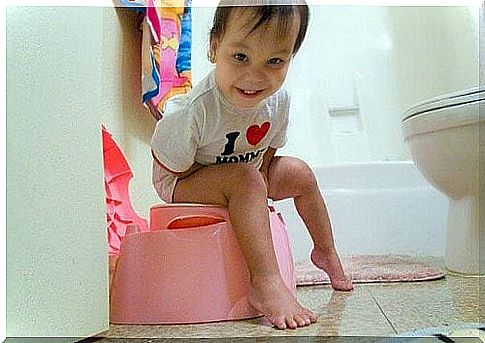
Potty training is a daunting task for any parent. Read this article to find out when and how to train your child successfully.
You already change more than two thousand diapers a year, and you probably can not wait to potty train your baby.
Potty training is a highly anticipated moment, but this stage of development also raises a number of questions for parents: when do we start potty training?
How do I know if my child is ready? Will we be able to teach this personal hygiene skill?
Few parents are prepared for this long process . Some children learn in a few days, while others may take months.
Surprisingly, the earlier the training starts, the longer it will often take the child to learn.
Therefore, you need to consider the following tips on potty training timing in order to complete the basic steps.
Learn more in this article!
When do we start?
There is no exact age to start potty training. However, most children develop the necessary physical and cognitive skills, between the ages of 18 and 24 months. Still, many parents prefer to wait until two and a half or three years before they start potty training.
Delaying the start of potty training can be a good decision. If you start before the baby is ready, the process usually takes longer.
Remember that children within a year can not control their sphincters. Even those who show signs of being ready may not be ready.
Parents usually choose the summer to start potty training because it is more convenient and comfortable for the child. Infants can go without diapers in the warmer weather, which helps avoid leaking diapers.
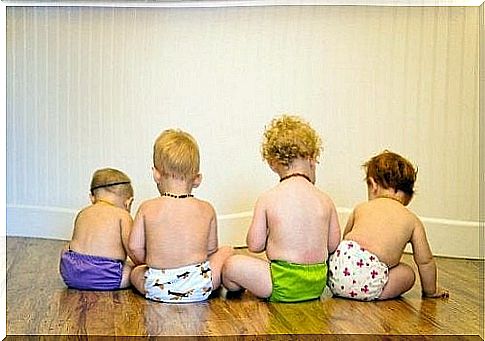
Signs that your child is ready for potty training
Physical signs
- They have enough balance and coordination to walk, and are even stable when running.
- They do not urinate a little at a time. Instead, they urinate in a larger amount and all at once.
- They begin to have soft and well-formed stools.
- They manage to be dry for at least three or four hours.
Behavioral signs
- They can sit and hold this position for two to five minutes.
- Dirty diapers disturb them.
- They are curious and try to imitate adults when they go to the toilet.
- They have physical behavior when they take care of their needs (make noises or bend over)
Cognitive signals
- They obey simple instructions.
- They have words to express stool and urine.
- They recognize when to go to the toilet by perceiving the physical signals. In fact, they are able to anticipate the need.
- They can pass the cup test. Give two glasses to your child, one of them with water in. If your child can calmly pass the liquid from one glass to another without spilling it, it means that their sphincter muscles are ready to start the potty training process.
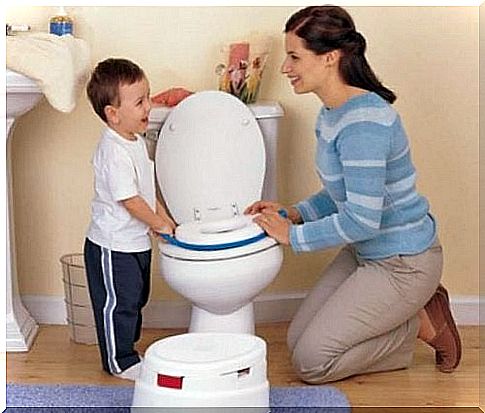
Potty training, step by step
Get the necessary things
The first step is to choose, according to the suggestions of the child’s pediatrician, a good potty or an adjustable seat for the toilet in your bathroom.
Whatever the choice, always check that it is comfortable and safe and that the child is in contact with the ground.
If you choose an adjustable seat for the regular toilet, also buy a stool so your child can rest their feet on the floor.
This will not only help them get to the toilet easily and comfortably, but will also give them stability as well as greater ability to push when defecating.
This phase requires a lot of time, patience and encouragement for the little one. So let them decorate their pot with stickers or play with it whenever they want.
And do not forget to give them underwear with their favorite people.
Parents usually choose between underwear, cloth diapers or the new disposable diapers that go up and down as if they were underwear. Underwear like disposable diapers make it easier for the baby to put them on and take them off by themselves.
Explain the process, show them how to do it and say goodbye to diapers
And now it’s time to start!
First, place the pot in an accessible and comfortable area, preferably a place where the child spends much of the day.
Make sure it is available when the child wants to use it.
Explain to your child that adults do not use diapers but need to use the toilet to take care of these needs. Highlight the connection between their stools and the toilet.
Even when their diapers get dirty, you can take them to the pot, put them down and remind them to do it there.
Do not worry or get angry if they do not want to sit down. Never force them to stay seated or push them to speed up a process that requires time. If the child feels pressured, it tends to slow down the process.
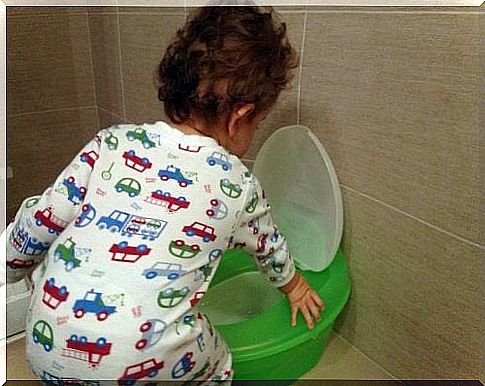
At this stage, explain to your child that you are teaching them to take care of their needs just as mom and dad do . Remember that children learn by imitating adults, so the most effective way to help them is to show them what to do.
When showing your child how to use the toilet, it is a good idea to explain what you are doing and show them that you are drying yourself, pulling the handle and finally washing your hands.
Seeing you do it will help them understand the process.
And remember these details, depending on the gender of your child: if you have a boy, it is recommended to start urinating while sitting and then be taught to urinate standing.
If it is a girl, make sure she wipes from the front to the back to reduce the risk of urinary tract infections.
Encourage their potty training
Make it clear to your child that when they need your help to use their potty or toilet adapter, or to raise and lower pants or underwear, they can come to you.
Also remind them that they can make use of their pot whenever they want.
Do not forget that the longer your baby is without a diaper, the faster they will learn. Yes, that means even being willing to clean up some accidents.
Stay calm and encourage them to stay seated for at least a minute, keep them company and offer them history books.
Of course, do not hesitate to flatter and praise them every time they use the pot properly. Then they will understand that this is an achievement.
But be careful not to overdo your celebrations as the baby may start to get nervous or embarrassed by too much attention.
Take “accidents” calmly and humorously
Not all children master the art of going to the bathroom alone, without first suffering an occasional “accident”.
After each mistake, do not get angry, and do not punish or scold them. They may not have fully developed the muscles needed to contain urine and feces.
You can reduce the risk of accidents by dressing your child in clothes that are easy and quick to remove. If you can not avoid an accident, keep a positive and loving attitude while cleaning the mess and reminding them to use the bathroom.
In short, your child will sooner or later be potty trained and walk alone in the bathroom, and this overwhelming stage will be nothing more than the memory of another battle won as a dedicated and successful mother.
